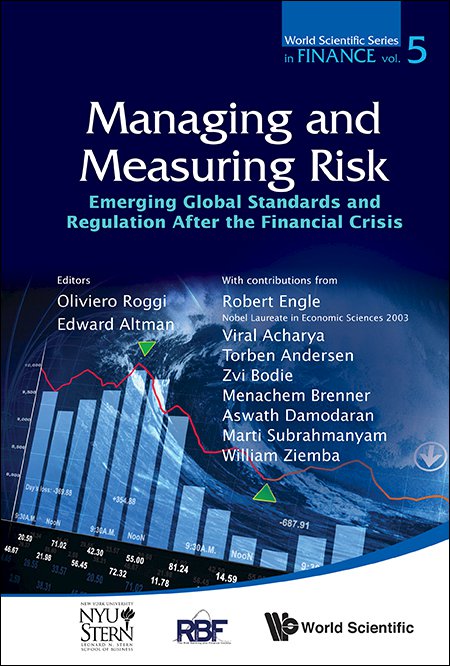MODELING CREDIT RISK FOR SMEs: EVIDENCE FROM THE US MARKET
This chapter was originally published under the same title in Abacus, 43, pp. 332–357, 2005.
Considering the fundamental role played by small and medium sized enterprises (SMEs) in the economy of many countries and the considerable attention placed on SMEs in the new Basel Capital Accord, we develop a distress prediction model specifically for the SME sector and to analyze its effectiveness compared to a generic corporate model. The behavior of financial measures for SMEs is analyzed and the most significant variables in predicting the entities' credit worthiness are selected in order to construct a default prediction model. Using a logit regression technique on a panel of over 2,000 US firms (with sales less than $65 million) over the period 1994–2002, we develop a one-year default prediction model. This model has an out of sample prediction power which is almost 30 percent higher than a generic corporate model. An associated objective is to observe our model's ability to lower bank capital requirements considering the new Basel Capital Accord's rules for SMEs.



